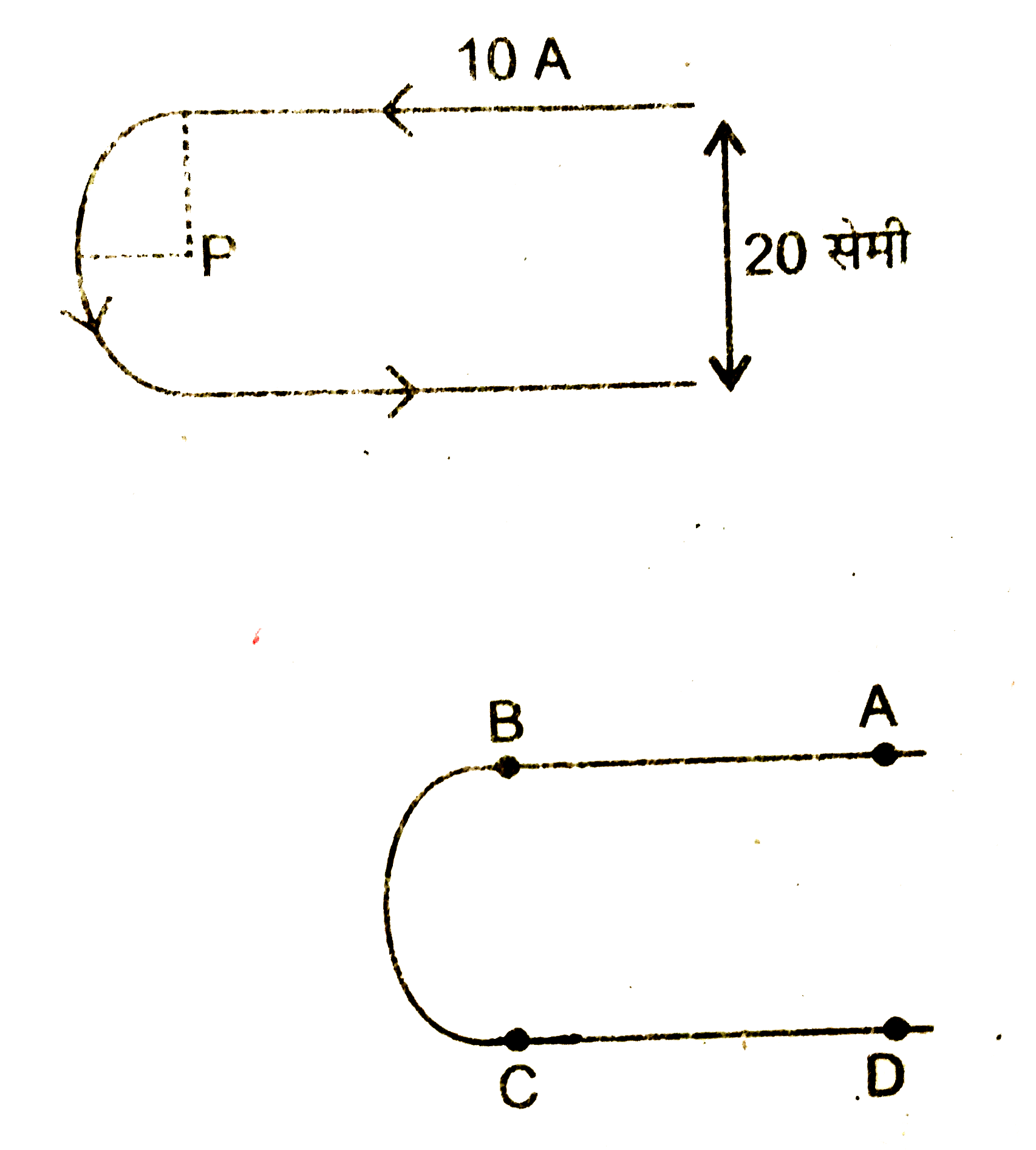At a number of places in the Kashmir Valley, security forces have put coils of razor wire on roads to enforce restrictions on movement. Concertina wire or razor wire fences are used along territorial borders and in theatres of conflict around the world, to keep out combatants, terrorists, or refugees. The expandable spools of barbed or razor wire get their name from concertina, a hand-held musical instrument similar to the accordion, with bellows that expand and contract. Concertina wire coils were an improvisation on the barbed wire obstacles used during World War I. The flat, collapsible coils with intermittent bar bs or blades were designed to be carried along by infantry, and deployed on battlefields to prevent or slow down enemy movement. The Englishman Richard Newton is credited with creating the first bar bed wire around 1845, the first patent for "a double wire clipped with diamond shaped barbs" was given to Louis François Janin of France. In the United States, the first patent was registered by Lucien B Smith on June 25, 1867, for a prairie fence made of fireproof iron wire. Design innovations and more patents followed, Michael Kelly twisted razor wires together to form a cable of wires. The American businessman Joseph F Glidden is considered to be the father of the modern barbed wire. His design of two strands of intertwined wire held by sharp prongs at regular intervals. Barbed wire was initially an agrarian fencing invention intended to confine cattle and sheep, which unlike lumber, was largely resistant to fire and bad weather. An advertorial published in the US in 1885 under the title 'Why Barb Fencing Is Better Than Any Other', argued that it does not decay, boys cannot crawl through or over it, nor dogs, nor cats, nor any other animal, it watches with argus eyes the inside and outside, up, down and lengthwise, it prevents the 'ins' from being 'outs', and the 'outs' from being 'ins', watches at day-break, at noontide, at sunset and all night long..." Barbed wire was put to military use in the Siege of Santiago in 1898 during the Spanish-American War, and by the British in the Second Boer War of 1899-1902 to confine the families of the Afrikaans-speaking Boer fighters. World War I saw extensive use of barbed wire- and German military engineers are credited with improvising the earliest concertina coils on the battlefield. They spun the barbed wire into circles and simply spread it on the battlefield. Without using any support infrastructure like poles etc. this was more effective against the infantry charged by Allied soldiers. The fence erected by India along the Line of Control to keep out terrorist infiltrators consists of rows of concertina wire coils held by iron angles. Concertina coils have long been deployed during curfews in the Valley. They are now commonly seen elsewhere in India too, and are used to secure private properties as well.
Which statement is NOT true according to the passage?
The fence along the Indian Line of Control consists of rows of concertina wire coils held by iron angles.
In the United State, the first patent was registered by Louise Francoise Janin.
It was Richard Newton, an Englishman who invented the barbed wire around 1945.
Barbed wire was put to military use in the Siege of Santiago in 1898 during the SpanishAmerican-War.
The correct Answer is:B
Line/s from the passage The first patent for "a double wire clipped with diamond shaped barbs" was given to Louis François Janin of France.
Similar Questions
दो लम्बे समान्तर तार परस्पर 3.0 सेमी की दूरी पर है। इनमें क्रमशः 2.0 ऐम्पियर तथा 3.0 ऐम्पियर की धारा प्रवाहित हो रही है। प्रत्येक तार द्वारा दूसरे तार की प्रति मीटर लम्बाई पर लगने वाले बल की गणना कीजिए।
05:10View Solutionएक सीधे लम्बे तार से 2.0 सेमी दूरी पर चुम्बकीय क्षेत्र की तीव्रता 10−6 टेस्ला है। तार में वैधुत धारा ज्ञात कीजिए।
02:29View Solutionदो लम्बे सीधे तार परस्पर 75 सेमी की दूरी पर है। इनमें 5.0 ऐम्पियर की धारा समान दिशा में प्रवाहित हो रही है। एक तार में धारा समान दिशा में प्रवाहित हो रही है। एक तार के कारण दूसरे तार पर उत्पन्न चुम्बकीय क्षेत्र की गणना कीजिए। दूसरे तार के 3 मीटर लम्बाई पर लगने वाले बल का मान ज्ञात कीजिए।
01:58View Solution2.0 मिमी व्यास के लम्बे ताँबे के तार में 10 A की धारा है। इस धारा के कारण अधिकतम चुम्बकीय क्षेत्र की तीव्रता का परिमाप ज्ञात कीजिए।
05:49View Solutionएक दण्ड चुम्बक को पतले तार द्वारा किसी समान चुम्बकीय क्षेत्र में लटकाया जाता है। तार के ऊपरी सिरे को 160∘ से ऐंठने पर चुंबक अपनी प्रारम्भिक स्थिति से 30∘ विक्षेपित हो जाता है। तार के ऊपरी सिरे को कितना ऐंठा जाये कि चुम्बक अपनी प्रारम्भिक अवस्था से 90∘ घूम जाये?
05:24View Solutionदर्शाये गये चित्र में बिन्दु P पर चुम्बकीय क्षेत्र की तीव्रता ज्ञात कीजिए। वक्र भाग अर्द्धवृत है तथा सीधे तार अत्यधिक लम्बे है।
 07:46View Solution
07:46View Solutionदो पाँसों की एक फेंक में अंकों का योग 8 अथवा 10 आने की प्रायिकता ज्ञात कीजिये।
03:18View Solutionएक छात्र को A,B,C या D ग्रेड मिलने की सम्भावना है। प्रायिकता ज्ञात कीजिये कि कम से कम B ग्रेड प्राप्त कर सके, जबकि A ग्रेड प्राप्त करने की प्रायिकता : 20,B ग्रेड प्राप् करने की प्रायिकता 40,C ग्रेड प्राप्त करने की प्रायिकता- 30,D ग्रेड प्राप्त करने की प्रायिकता 10 है।
02:26View Solution

